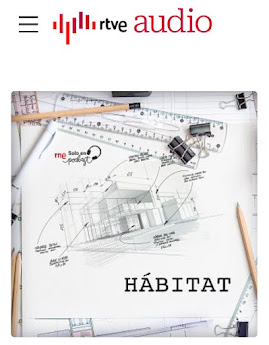El agujerito como actor secundario aparece en la historia del hogar desde antiguo. Desde allí se escucha el otro lado del muro, y ayuda a Vermeer a que sus paredes sean seres ancianos, con pasado, y de un color irrepetible. Los agujeritos que existen tras su mujer vertiendo leche son constelaciones no menos hermosas que las que formaban los agujeritos que soportaban los andamios en el muro este de la capilla de Ronchamp de Le Corbusier. Estrellas domésticas, que una vez suprimidos los cuadros, quedan como un conjunto de perforaciones rellenas de alcayatas, desconchones y sombras y que representan un tipo de huellas del habitar que solo percibimos en los desahucios y las mudanzas.
The little hole, as a supporting character, has appeared in the history of homes for ages. From there, you can hear the other side of the wall, helping Vermeer’s walls appear ancient, with a past, and of an irreplaceable color. The holes behind his wife pouring milk are constellations, no less beautiful than those that held the scaffolding on the east wall of Le Corbusier’s Ronchamp chapel. These domestic stars, once the pictures are removed, remain as a collection of filled perforations, chips, and shadows, representing a type of living footprint that we only notice during evictions and moves.











_-_left_hand_screen,%20imagen%20wikipedia.jpg)



































































































2 comentarios:
Lo que para la pared es un accidente, para el agujerito es una necesidad.
Enhorabuena por todos estos artículos, muchos de ellos tan singulares y sorprendentes.
Reciba un cordial saludo. EMP
En nombre del agujerito, muy agradecido. Por mi parte, feliz por su amabilidad. Un saludo cordial.
Publicar un comentario